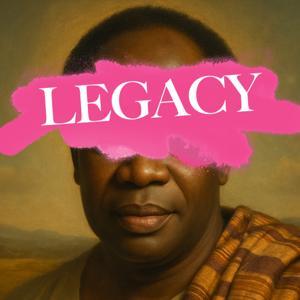In 1984, a 21-year-old Irish shopworker refused to serve a customer buying two South African grapefruits. Mary Manning was suspended from the Dunnes store in Dublin, and ten of her colleagues walked out alongside her in protest.
It was the start of a strike that lasted almost three years, and ended when Ireland became the first western country to impose a complete ban of South African imports.
Why did Mary do it? In 1984, she and her colleagues were part of the Irish workers’ union, IDATU, which had told its members not to sell items from South Africa.
At the time the 11 strikers knew little about apartheid – South Africa’s system of racial segregation - but they soon learnt.
Their protest would lead to them addressing the United Nations, winning praise from Bishop Desmond Tutu, and meeting with Nelson Mandela.
Mary tells Jane Wilkinson about what drove the strikers to continue despite little initial support.
Eye-witness accounts brought to life by archive. Witness History is for those fascinated by the past. We take you to the events that have shaped our world through the eyes of the people who were there. For nine minutes every day, we take you back in time and all over the world, to examine wars, coups, scientific discoveries, cultural moments and much more.
Recent episodes explore everything from football in Brazil, the history of the ‘Indian Titanic’ and the invention of air fryers, to Public Enemy’s Fight The Power, subway art and the political crisis in Georgia. We look at the lives of some of the most famous leaders, artists, scientists and personalities in history, including: visionary architect Antoni Gaudi and the design of the Sagrada Familia; Michael Jordan and his bespoke Nike trainers; Princess Diana at the Taj Mahal; and Görel Hanser, manager of legendary Swedish pop band Abba on the influence they’ve had on the music industry. You can learn all about fascinating and surprising stories, such as the time an Iraqi journalist hurled his shoes at the President of the United States in protest of America’s occupation of Iraq; the creation of the Hollywood commercial that changed advertising forever; and the ascent of the first Aboriginal MP.
(Photo: Strikers outside Dunnes store in Dublin in 1985. Credit: Derek Speirs)




































